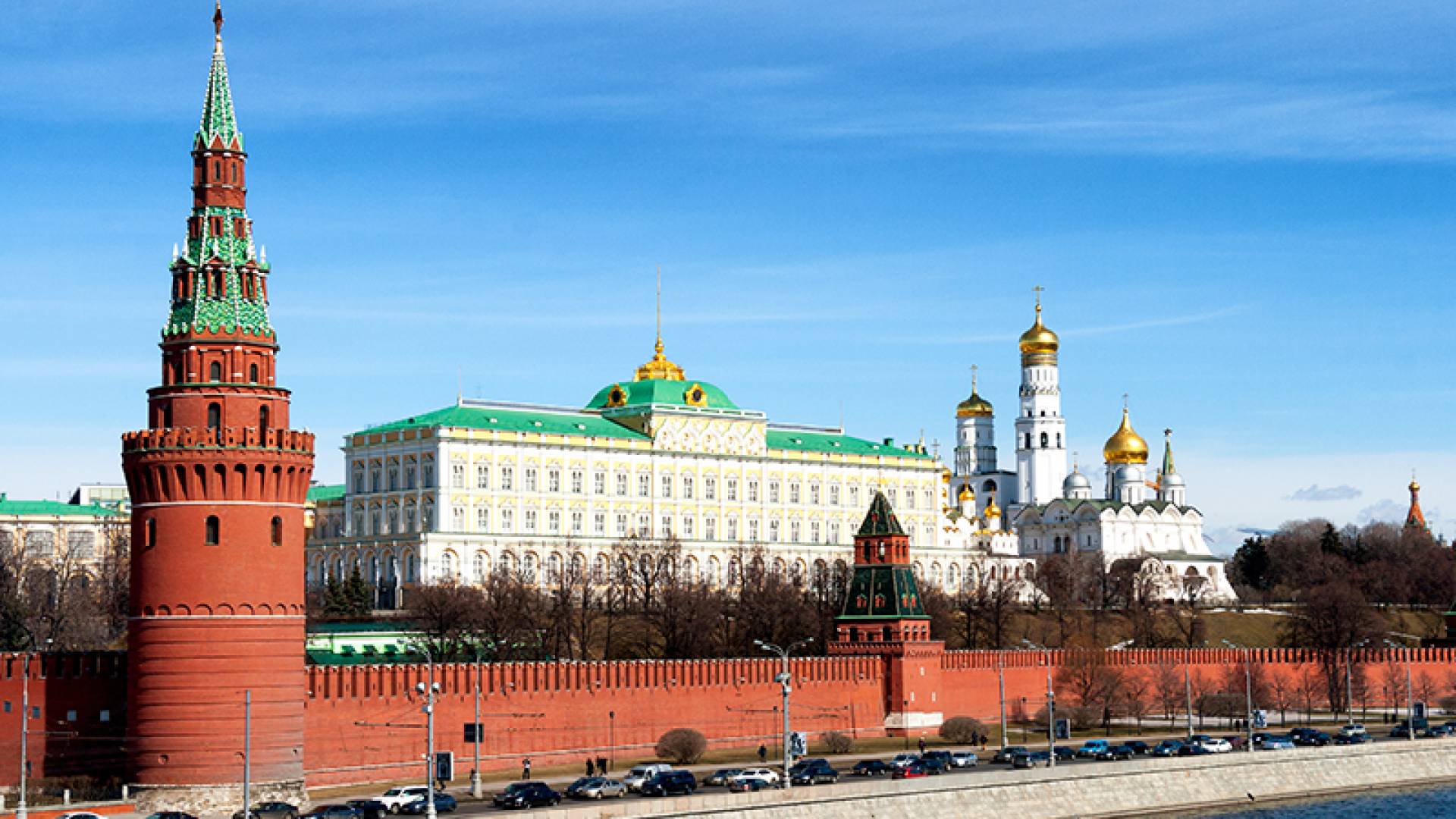The Kremlin, a fortified complex situated in the heart of Moscow, stands as a testament to Russia’s rich history and enduring power. For centuries, this iconic landmark has witnessed the rise and fall of empires, the birth of nations, and the shaping of world history.
A Glimpse into the Past
The origins of the Kremlin can be traced back to the 12th century, when it was a modest wooden fortress designed to protect Moscow from invaders. Over time, the Kremlin evolved into a formidable stronghold, reflecting the growing power of the Muscovite principality.
The reign of Ivan the Great, in the late 15th century, marked a pivotal period in the Kremlin’s history. Ivan the Great transformed the Kremlin into a magnificent fortified complex, commissioning the construction of its iconic walls and towers. The Kremlin’s transformation symbolized the consolidation of Russian power and the emergence of a powerful centralized state.
During the Soviet era, the Kremlin became the seat of Soviet power, housing the offices of the Communist Party leadership and the Soviet government. The iconic red star atop the Kremlin’s towers symbolized the Soviet Union’s dominance and its aspirations for global revolution.
A Symbol of Russian Identity
Today, the Kremlin serves as the official residence of the President of Russia. It houses the President’s offices, state ceremonial halls, and museums. The Kremlin’s iconic architecture, including its colorful cathedrals and fortified walls, continues to captivate visitors from around the world.
Beyond its political significance, the Kremlin is a symbol of Russian national identity. It represents the continuity of Russian history and the enduring power of the Russian state. The Kremlin’s rich history, stunning architecture, and cultural significance make it one of the most iconic landmarks in the world.
Key Attractions within the Kremlin:
- Cathedral Square: Home to several iconic cathedrals, including the Cathedral of the Assumption, the Cathedral of the Archangel Michael, and the Annunciation Cathedral. These cathedrals are renowned for their stunning frescoes, icons, and architectural beauty.
- Ivan the Great Bell Tower: A masterpiece of Russian medieval architecture, the Ivan the Great Bell Tower offers panoramic views of Moscow. Its striking silhouette dominates the Moscow skyline.
- The Tsar Cannon: A massive cannon, never fired, symbolizing Russia’s military might. This impressive piece of artillery is a testament to the country’s historical military prowess.
- The Tsar Bell: The world’s largest bell, weighing over 200 tons. Although it was never rung, the Tsar Bell remains a remarkable feat of engineering and a symbol of Russian craftsmanship.
A visit to the Kremlin offers a unique opportunity to immerse oneself in Russian history and culture. The Kremlin’s rich history, stunning architecture, and cultural significance make it a must-see destination for visitors to Moscow.

Leave a Reply